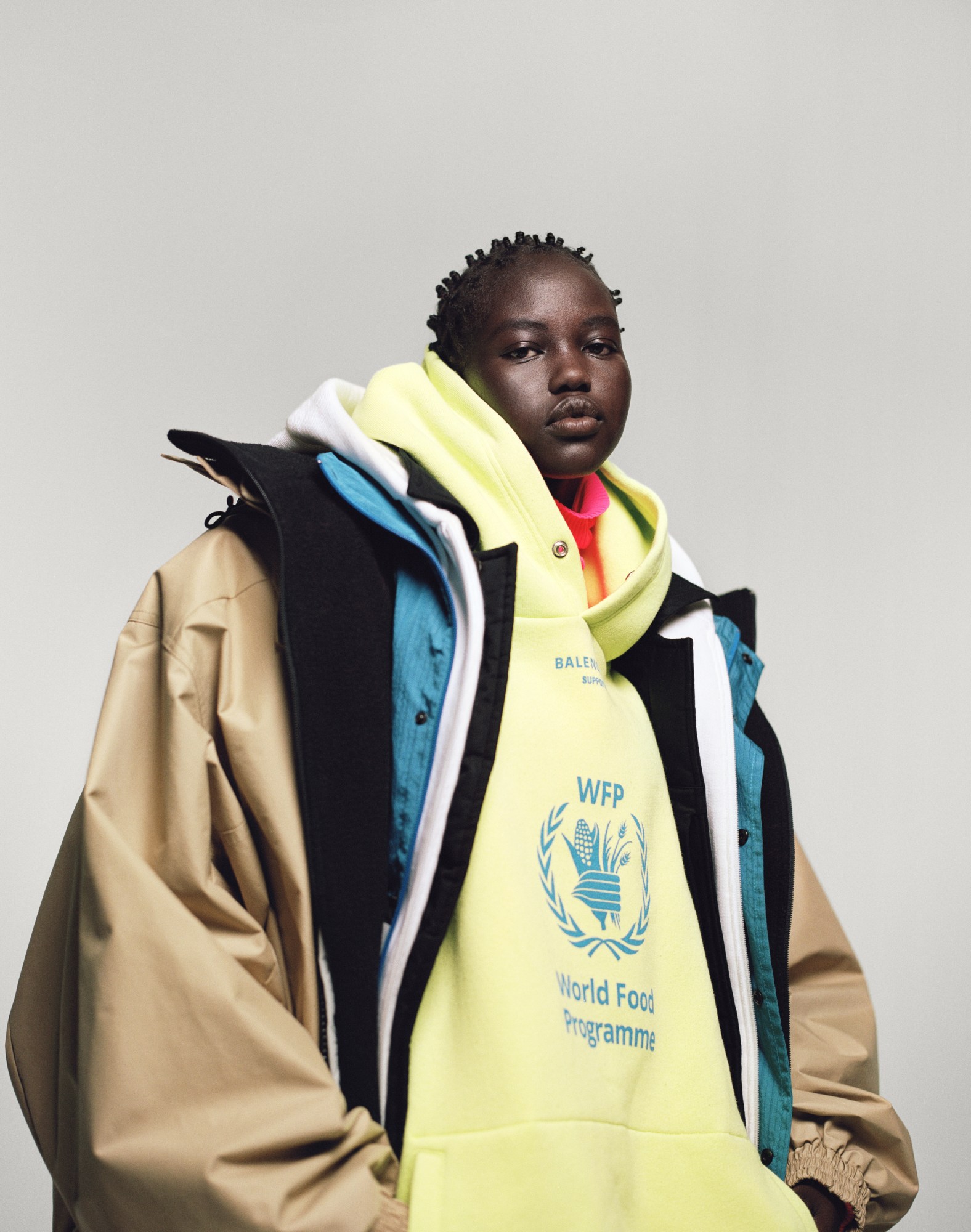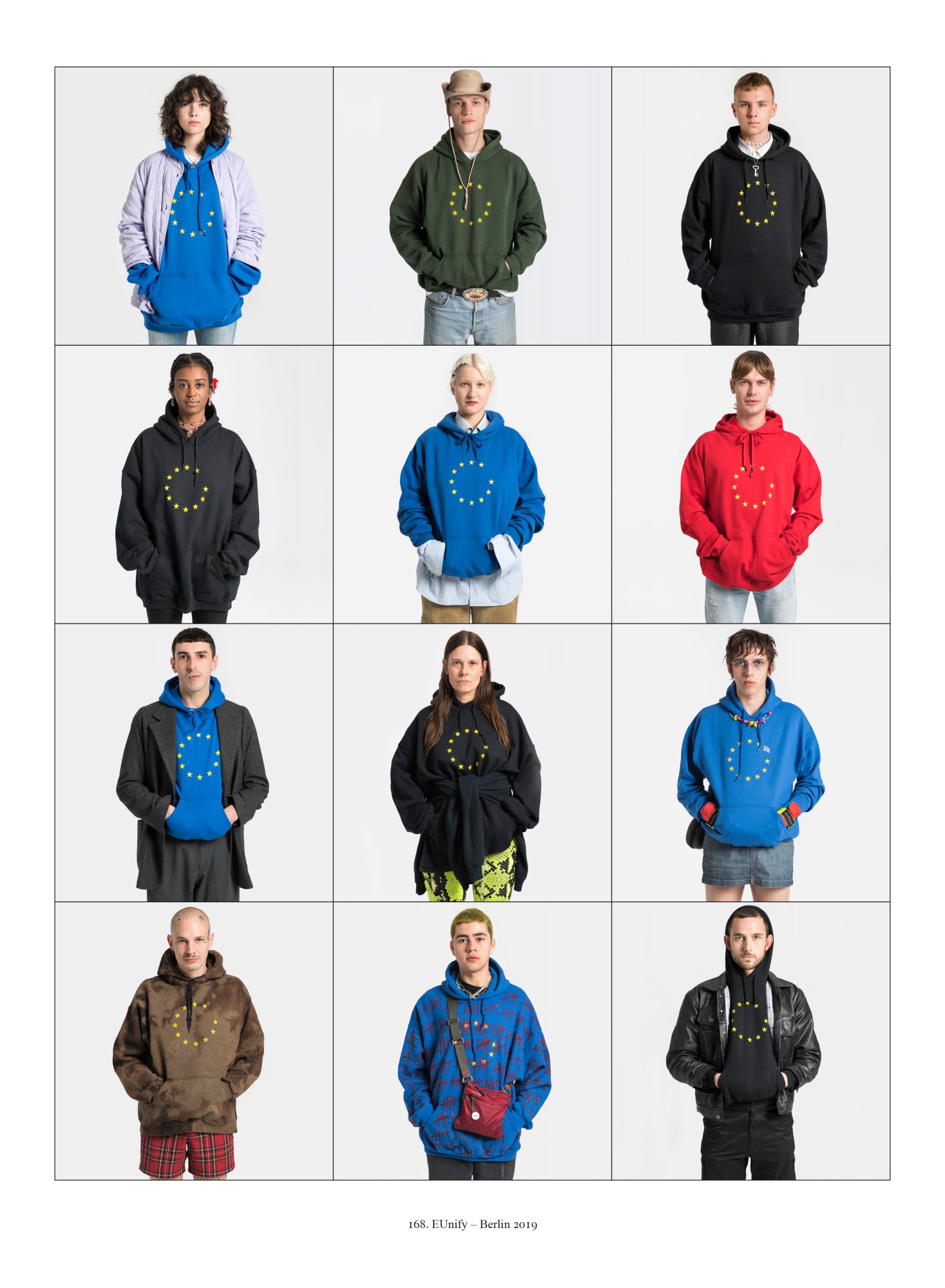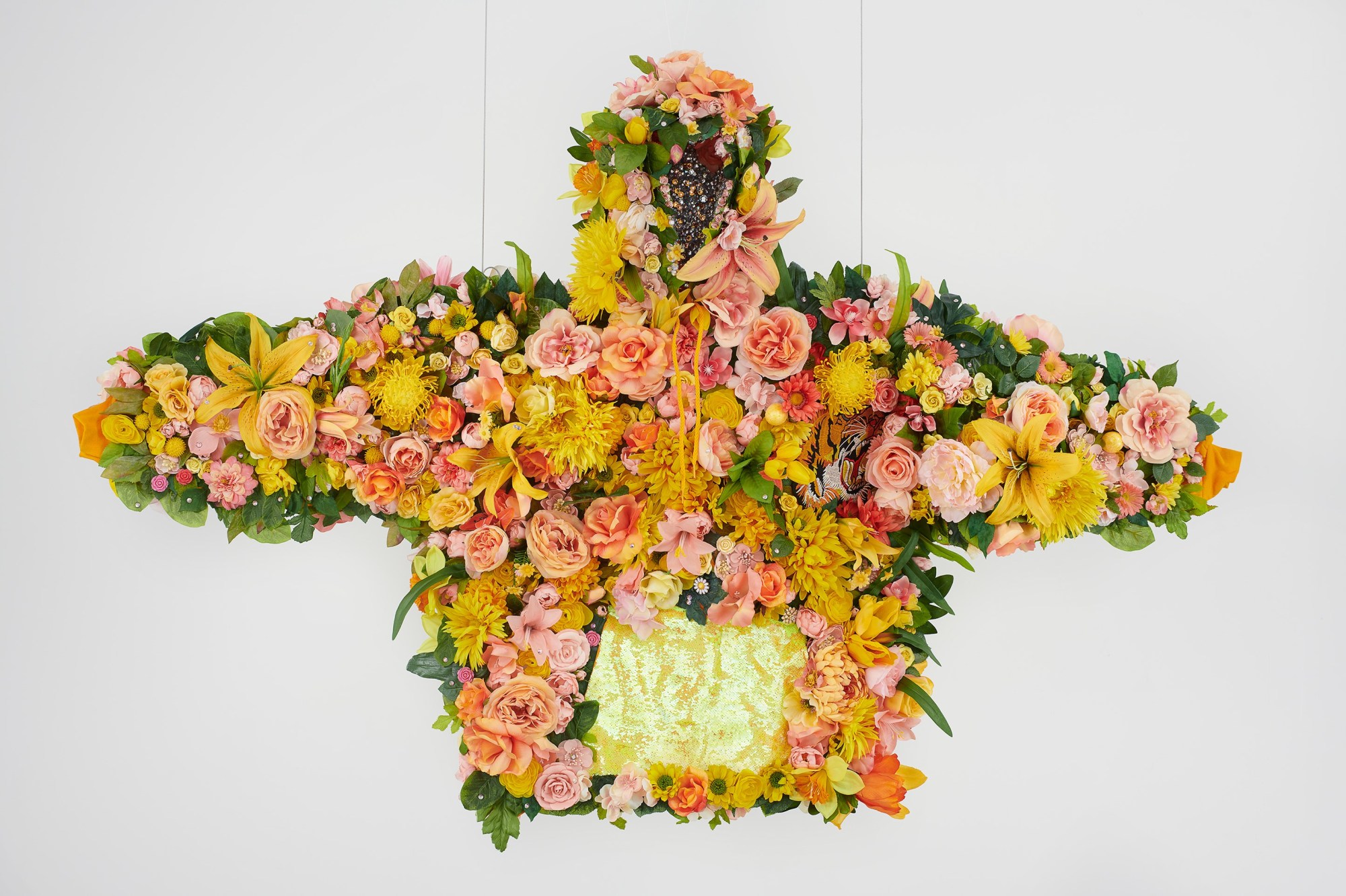When the video Stress by French group Justice was uploaded on Kanye West’s website back in 2008, it immediately sparked controversy. The film, shot by Romain Gavras, follows a gang of black clad, hooded youths causing havoc in the banlieues of Paris; keying cars, harassing civilians and fighting with the police. The video immediately drew heavy criticism in France and was banned from TV. Critics accused the film of being voyeuristic, of demonising French black youth. Justice responded by saying the film was never intended as a stigmatisation of the banlieue but merely served as a clip unairable for TV, to match a song unairable for the radio.
Whether you think the video is brilliant or not, it certainly presents an interesting sociological case. It is full of sartorial signifiers we are all very familiar with, specifically the black hoodies the youths pull over their heads to become anonymous and intimidating. While the hoodie is at the centre of contemporary fashion, embraced by streetwear loving youth all over the world for its ease and simplicity, it is, in the minds of reactionary commentators, a shorthand for crime and anti-social behaviour.

Vetements Ready to Wear, AW16. Photography Gio Staiano.
Ever since its inception, the hoodie has been a container for many narratives — telling tales of social inequality, athletics, youth culture, police brutality, racism, privacy, fear and style. It is an item of clothing that extends way beyond the realm of fashion but rather ties in with ideas of privilege: who enjoys the right to wear one without challenge?
This question is at the heart of a new exhibition curated by Lou Stoppard opening in Rotterdam this weekend. Titled The Hoodie, the exhibition grapples with the ubiquitous nature of the garment and contextualises it in fashion history, tracing its evolution from 1930s workwear to an icon of streetwear.
“We’ve really tried to think about the hoodie not just in terms of a garment or a surface but also as a space that you occupy,” Lou explains a few days ahead of the opening. “Whether the garment provides you with a sense of privacy or security or comfort — there will always be this tension between the wearer’s intentions and how the viewer perceives it.” Depending on the context, the hoodie can be banal or iconic; bourgeois or rebellious; provide a safe haven or trigger aggression; ensure anonymity; or make an explicit statement. “I really believe the hoodie is our last truly political item of clothing,” Lou adds. “Looking at the fatal shootings of unarmed teenagers such as Michael Brown Jr, wearing a hoodie can literally cost you your life. It is a garment that you can get profiled for. Very few items of clothing still do that nowadays.”

As an exhibition, The Hoodie is incredibly ambitious, covering numerous, intersecting themes. It mixes a variety of media, uniting artwork with garments, printed matter with digital footage, social media posts with miscellaneous cultural artefacts. It includes work by Campbell Addy, originally shot for i-D, alongside the work of designers like Rick Owens and Vetements, who’s hoodies have, in the last five years, defined and reimagined the garment as a space for aggressive iconographic sloganeering.
One of the most striking pieces of work in the exhibition is a film installation by Dutch-Serbian artist Bogomir Doringer that brings together a variety of images, videos and screen grabs — some familiar, such as media footage of the 2011 UK riots, others obscure and problematic, shocking and racist. As an ensemble, the footage considers the ways in which stereotypes of the hoodie have been perpetuated and fuelled by the media in recent years.

Exactitudes 168. by Ari Versluis and Ellie Uyttenbroek – EUnify hoodie by Souvenir Official
Or consider the work of Dutch photographer Ari Versluis and stylist Ellie Uyttenbroek, created under the moniker of Exactitudes, which include portraits depicting different style tribes. Here they look into the hoodie as uniform, worn, for example, by a niche group of music fans or clubbers, or as a tool of protest, as seen by pro-EU groups in Berlin, with brands like Souvenir Official adopting a hoodie featuring the EU stars flag as their own symbol of a progressive identity.
One thing is certain: after the exhibition you will never look at a hoodie, or wear one, the way you did before. While it might just be a comfortable go-to garment to you, it is clear its complexities stretch way beyond.
The Hoodie opens the 1st of December 2019 at Het Nieuwe Instituut in Rotterdam, The Netherlands.
